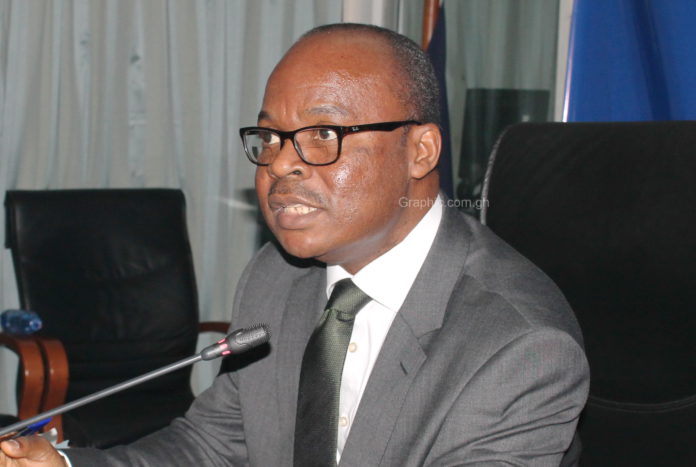Banks operating in Ghana wrote-off about ¢5.9 billion as bad debt in December 2022.
According to the Domestic Money Banks Income Statement, this is about 184.2% increase over the previous year.
The total provision made were classified as loan losses, depreciation, and others.
Though the Bank of Ghana did not give reasons behind this bad debt, it is believed that a difficult economic environment that triggered a high cost of borrowing may be the main reason.
According to the Bank of Ghana, the industry’s Non-Performing Loan stock increased from ¢8.2 billion in December 2021 to ¢10.4 billion in December 2022.
This is partly reflecting the revaluation of foreign currency NPLs and the deterioration in some domestic currency loan portfolios.
In terms of distribution by economic sector, the private sector accounted for a larger stock of NPLs, consistent with its larger share of total credit. Its share of total NPLs, however, declined from 96% to 92.4% between December 2021 and December 2022, while the share of public sector NPLs increased from 4% to 7.6%.
Meanwhile, the industry’s asset quality improved during the period under review following the decline in the NPL ratio from 15.2% in December 2021 to 14.8% in December 2022.
When adjusted for the fully provisioned loan loss category, the industry’s NPL ratio also improved from 5.8% to 4.8%.
Construction sector records highest NPL ratio
The Construction sector continued to remain the sector with the highest NPL ratio of 29.1%.
The Mining and Quarrying sector maintained the lowest NPL ratio of 4.0% during the period under review.
Sectors that recorded declines in NPL ratios were Mining and Quarrying (from 9.9% to 4.0%); Electricity, Water and Gas (from 15.4% to 10.6%); Agriculture, Forestry and Fishing (from 29.0% to 24.3%); Manufacturing (from 17.0% to 14.0%); Transport, Storage and Communications (from 13.7% to 10.5%) and; Commerce and Finance (from 20.3% to 19.4%).

